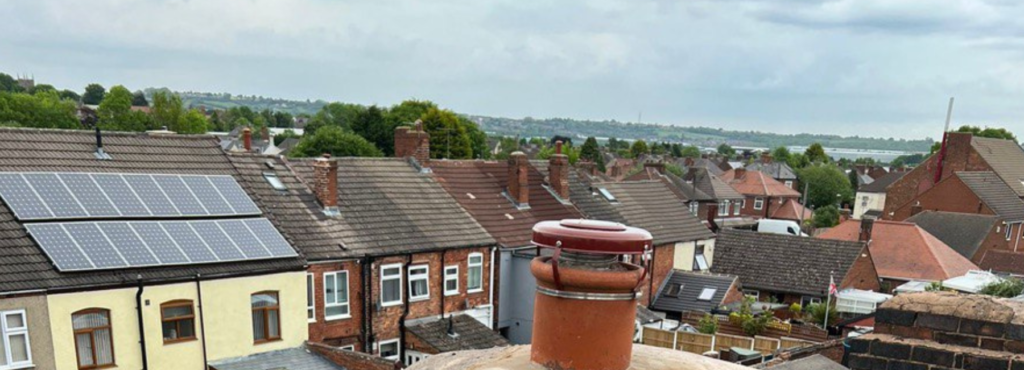Living in a high-wind area presents unique challenges for homeowners, particularly regarding the integrity of your roof. Strong winds can significantly impact your roofing materials and the overall structure of your home, making it essential to implement extra care and maintenance. At MCM Roofing Repairs Verwood, we understand the specific needs of roofs in windy regions and are dedicated to providing the information you need to protect your home effectively. In this blog post, we’ll discuss why your roof requires special attention in high-wind areas and how to ensure it remains secure and functional.
1. Understanding the Risks of High Winds
High winds can pose several threats to your roofing system:
- Lift and Displacement: Strong gusts can lift shingles or tiles, leading to displacement and exposing the underlayment and decking to the elements. This can result in leaks and water damage if not addressed promptly.
- Debris Impact: Wind can carry debris such as branches, gravel, and other objects that can strike your roof, causing physical damage to the shingles or tiles.
- Structural Stress: Continuous exposure to high winds can weaken the roof structure over time, leading to more severe issues if not managed effectively.
2. Signs That Your Roof Needs Attention
It’s crucial to be vigilant for signs that your roof may need repair or replacement, particularly if you live in an area prone to high winds:
- Missing or Damaged Shingles: Regularly inspect your roof for any missing or damaged shingles, as this can significantly compromise your roof’s ability to protect your home.
- Granule Loss: If you notice an increase in granules in your gutters, this could indicate that your shingles are deteriorating and losing their protective layer.
- Water Stains: Interior water stains on ceilings or walls may suggest leaks, which could be the result of wind damage.
3. Preventative Measures for High-Wind Areas
To mitigate the risks associated with high winds, consider implementing these preventative measures:
- Choose Durable Roofing Materials: Opt for roofing materials designed to withstand high winds. Metal roofs, architectural shingles, and tiles are often more resilient than standard asphalt shingles.
- Proper Installation: Ensure that your roof is installed correctly by experienced professionals. Proper fastening techniques, such as using appropriate adhesives and nails, can help secure shingles and tiles against wind uplift.
- Regular Maintenance: Schedule routine roof inspections to check for damage and wear. Maintaining your roof will prolong its lifespan and help prevent costly repairs in the future.
- Trim Overhanging Trees: Keep trees and branches trimmed back from your roof. This reduces the risk of debris falling onto your roof during high winds.
4. Investing in Upgrades
If your roof is older or has been damaged previously, consider investing in upgrades that enhance its wind resistance:
- Reinforced Underlayment: Installing a high-quality underlayment can provide an additional layer of protection against moisture intrusion and wind damage.
- Storm Straps or Clips: These can help secure the roof structure to the walls of your home, providing extra stability during severe wind events.
- Wind-Resistant Shingles: Many manufacturers offer shingles specifically designed to withstand high winds, which may be worth considering if you live in a particularly vulnerable area.
Conclusion: Protect Your Home from Wind Damage
In high-wind areas, your roof requires extra care to ensure it remains intact and continues to protect your home from the elements. By understanding the risks, recognizing the signs of potential issues, and implementing preventative measures, you can safeguard your roofing system against wind-related damage.
Call us on: 01202 149 796
Click here to find out more about MCM Roofing Repairs Verwood
Click here to complete our contact form and see how we can help with your roofing needs.

